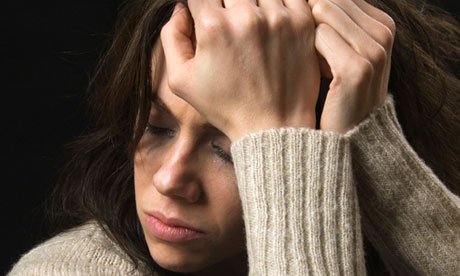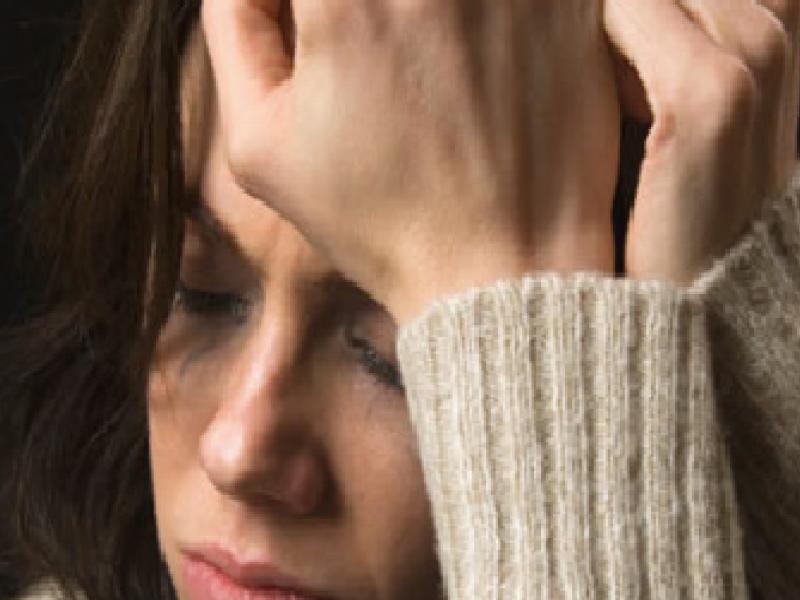
Questioning the person in terms of diseases and risk factors (history of disease and medication, smoking, eating habits, alcohol use, age at menopause, and did he enter menopause naturally or surgically? with questions) informs us about whether we should screen for osteoporosis early. Bone mineral density (BMD) is measured by the DEXA method. This measurement is taken outdoors (not closed like MRI) and you get much lower radiation during the measurement than even an X-ray; takes a maximum of 15 minutes. It is painless and the measurement is taken without placing anything on your body, including a needle, on your skin. BMD measurement is repeated every 1-2 years.
Measurement is from waist and hips as standard; T and Z scores are determined accordingly. T score; the standard deviation in bone density for the young adult age group, and the Z score is the deviation according to the bone density of those in your own age group. The BMD of those over 50 is compared to the bone density of healthy young adults; that is, the T score is checked. According to this; If it is less than that of young adults, it means low bone density. The degree of this is: T score: normal if greater than -1 (no osteoporosis), T score: between -1 and -2.5 osteopenia (slight reduction in bone density) and T score: even lower than -2.5 means you have osteoporosis (decreased bone density). In addition, in order to determine the future fracture risk, your future fracture risk and related medication needs will be determined by your doctor by questioning some risk factors (FRAX). Your doctor may also order some blood tests (such as thyroid function tests, parathyroid hormone level, male testosterone level, vitamin D level) to determine the risk of osteoporosis and an X-ray to evaluate for a spinal fracture.
Who should have a bone density test?
A common mistake; a woman who has just entered menopause has her bone density measured in a panic; maybe he gets it done for the next few years, when he sees that it is normal, now his excitement and anxiety about this issue is replaced by a relief and the next years begin to measure up. It does not meet the need for increased calcium and vitamin D. With the retirement period, she moves to a more sedentary life away from exercise. It is precisely during this period that osteoporosis develops easily. For this reason, the bone density test should be:
-For all women aged 65 and over
-For all men aged 70 and over
-For those with fractures after the age of 50
– Postmenopausal under the age of 65 and if there is a risk factor
– Men between the ages of 50-69 with risk factors
– BMD is recommended for those who use high-risk drugs for a long time.
So who should we treat for osteoporosis?
If your bone density measurement is T-score ≤ -2.5 and below, or T-score is -1 to -2.5 but at high risk for fractures or those with previous vertebral or hip fractures, calcium and vitamin D are given in addition to the osteoporosis medication.
Purpose of treatment; It is to increase BMD as well as to prevent fractures.
While the need for calcium is 1000mg/day for women under the age of 50, 1200mg/day for over 50 years old, while the daily requirement for men before the age of 70 is 1000mg, after the age of 70 it is about 1200mg.
240 mL milk = 300mg
180mL yogurt = 300mg
30mL 1 matchbox cheese = 200mg
240 mL squeezed orange juice = 300mg
Vitamin D requirement is 400-800 IU for men and women under 50 years of age, and 800-1000 IU for over 50s.

